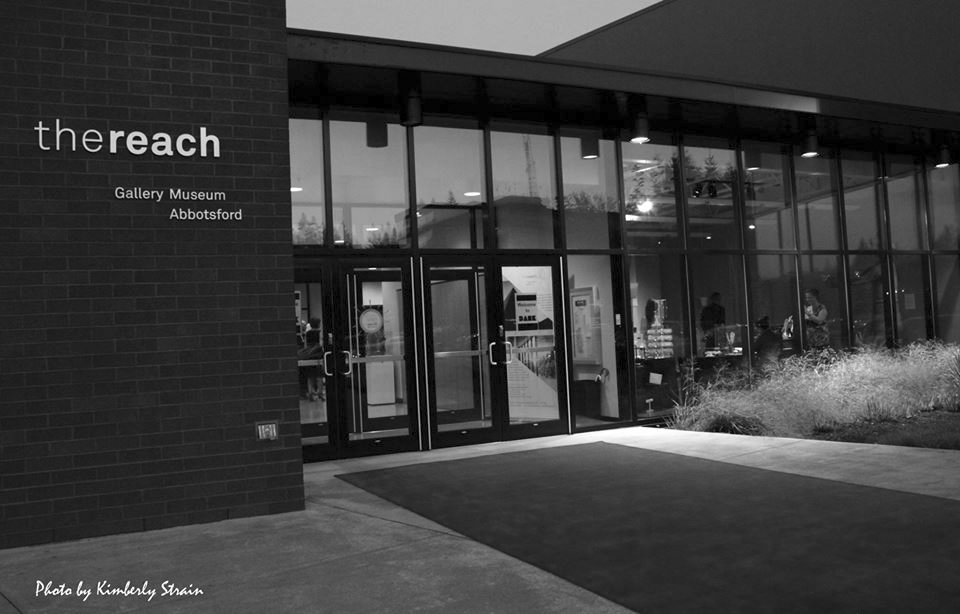
By Taylor Breckles (Contributor) – Email
Print Edition: February 5, 2014

Located by City Hall in Abbotsford, the Reach is more than an art gallery and museum. It also houses the largest community archives in the city, holding multitudes of information and pieces of local history.
Every photo is an archive in miniature, and the Reach’s collection is estimated at over 60,000, with around 16,000 of them available online. Until they can be digitally catalogued, the photos in print form are viewable on microfilm. Archivist Tricia Taylor explains that many of them come from public events, like old parades and issues of newspapers.
The Reach has issues of the Abbotsford, Matsqui, and Sumas News as far back as 1923, the Abbotsford Post from 1901 until 1922, and the Abbotsford Times up to 1996. All of these sit waiting to be perused for simple curiosity or to serve as the basis for comprehensive inquests into the past.
The Reach is currently in the process of digitizing their photos, but unfortunately not their newspapers. Currently they are looking for a grant in order to begin the digitization process. The archives hold a lot of primary sources, the type many professors look for in “A” papers, so if this should happen in the near future it could open up many opportunities for UFV students.
The archives can also be a source of personal joy and discovery. Take, for example, one of the many stories that came about because of the archives.
“A man lost his wedding photos in a flood or fire and he was able to retrieve all of them [from the archives],” Taylor says. “He surprised his wife with them for their 25th wedding anniversary.”
The archives can also be a tool used for genealogical tracing, as they hold many records of local family histories and rarely-glimpsed photos.
Revealing the history of a place is possible through the archives as well; tax and land records are also part of the database. This means any property can be traced back to its original origin. Who knows, your house could have been originally owned by a felon or former political agent; anything could be possible.
If there is still doubt about the possibilities that are held within the archives, take the fact that people from all over the world come to the Reach specifically in order to access the archives. Researchers have come from as far away as France in order to access the wealth of Fraser Valley knowledge.
Currently, the archives are only open during afternoons Tuesday through Friday. All other times need to be scheduled by appointment. It’s a place of various details and images, but also one that has the potential to be rediscovered by students in the future.



